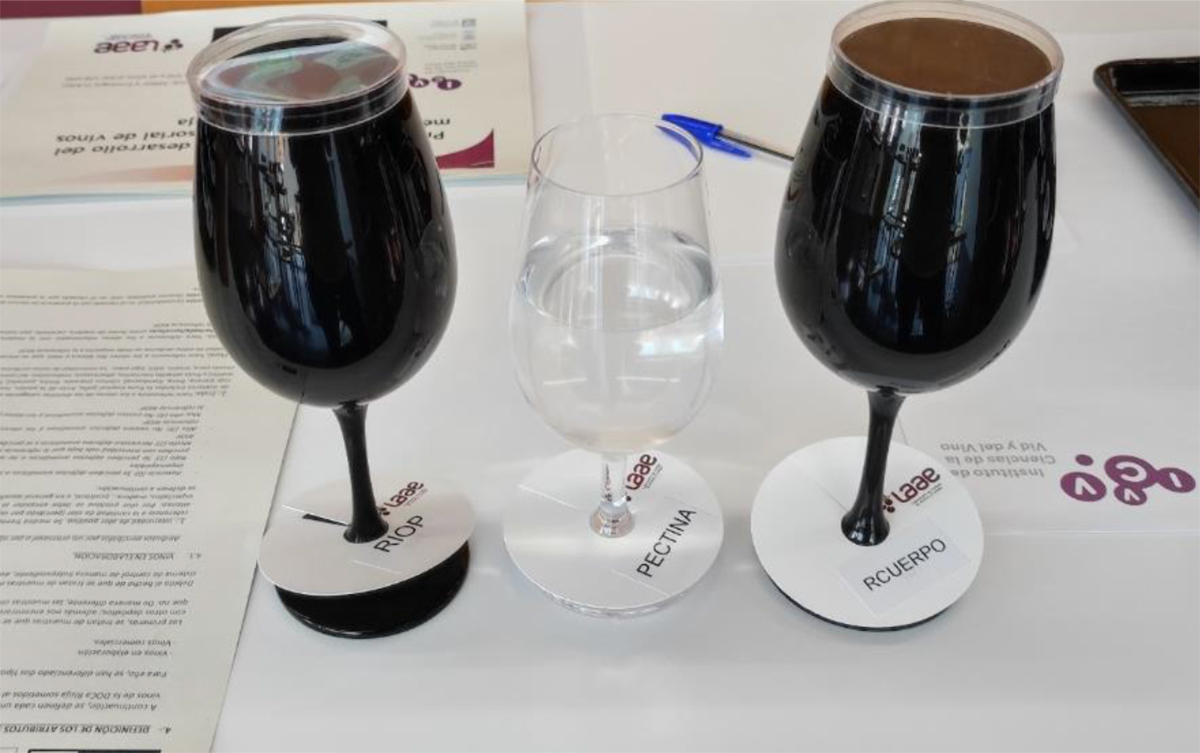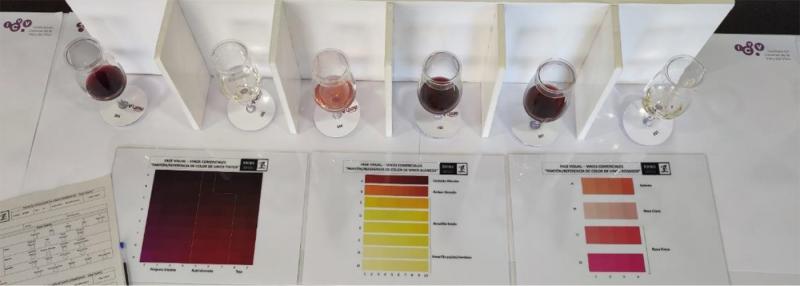The Laboratory for Flavour and Enology (LAAE-Rioja) of the Oenology department of the ICVV has developed and implemented a new sensory quality control method adapted to DOCa Rioja wines. This new milestone was achieved thanks to a technological support contract between the Spanish National Research Council (CSIC) and the Corporation of DOCa Rioja (Designation of Origin).
Quality control during the production and commercialisation of wines is an essential stage to obtain products of the highest quality. This control requires an exhaustive work focused on sensory characterisation, since, so far, it is not possible to replace the response generated by our senses by an instrumental measure. Likewise, the quality perceived by consumers is closely linked to the organoleptic quality of the product, thus sensory control turns out to be a very effective tool to ensure the quality of our wines.
Since the beginning of the project, the goal sought by the two entities was to improve the quality of our wines. The proposal is not only a new evaluation sheet, but also a new, and more precise definition of what quality is (from the perspective of the DOCa Rioja) and includes the control of wines at different stages of production.
In the new method, the evaluation of olfactory taste attributes is carried out in a first stage, in opaque glasses, to avoid the biases of the visual cues on the characterisation of flavour attributes. In a second stage, independent of the first, the visual attributes are evaluated in transparent glasses.
The judges carry out a sensory description of the samples, and it is the Regulatory Council, who determines the suitability of the samples based on the acceptability ranges established in the procedure.
The project has achieved a standardisation of the sensory characterisation process that has required several stages. The first, which consists of the definition of the attributes involved in the quality of the wines of the DOCa Rioja. Secondly, the definition of the sensory control program of the samples that guarantees the reproducibility and homogeneity of the measurements, and finally, the qualification of the judges and the panel (development of the training program for judges and verification of their aptitude).
A system gives guarantees, ensures the impartiality of the process, and provides training, control and follow-up of judges. In short, it is committed to guaranteeing a higher quality of the wines of the DOCa Rioja.
The researchers affirm that this method is unique and has been an unparalleled challenge due to the large number of samples that are controlled, which requires a high number of judges, almost 200 panellists. Undoubtedly, they are convinced that this type of projects are key to the socioeconomic development of the region in the first instance and of the country by extension and represent a rapprochement between science and society.
This project has involved a high level of involvement and commitment on the part of the Corporation of DOCa Rioja, the ICVV and the judges, being the three key parts in its success.









